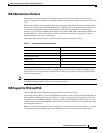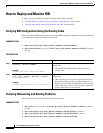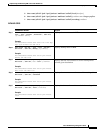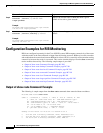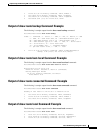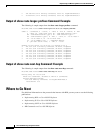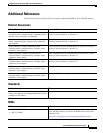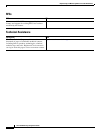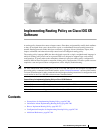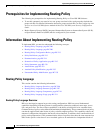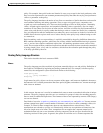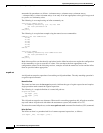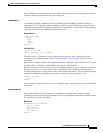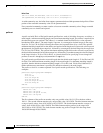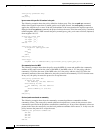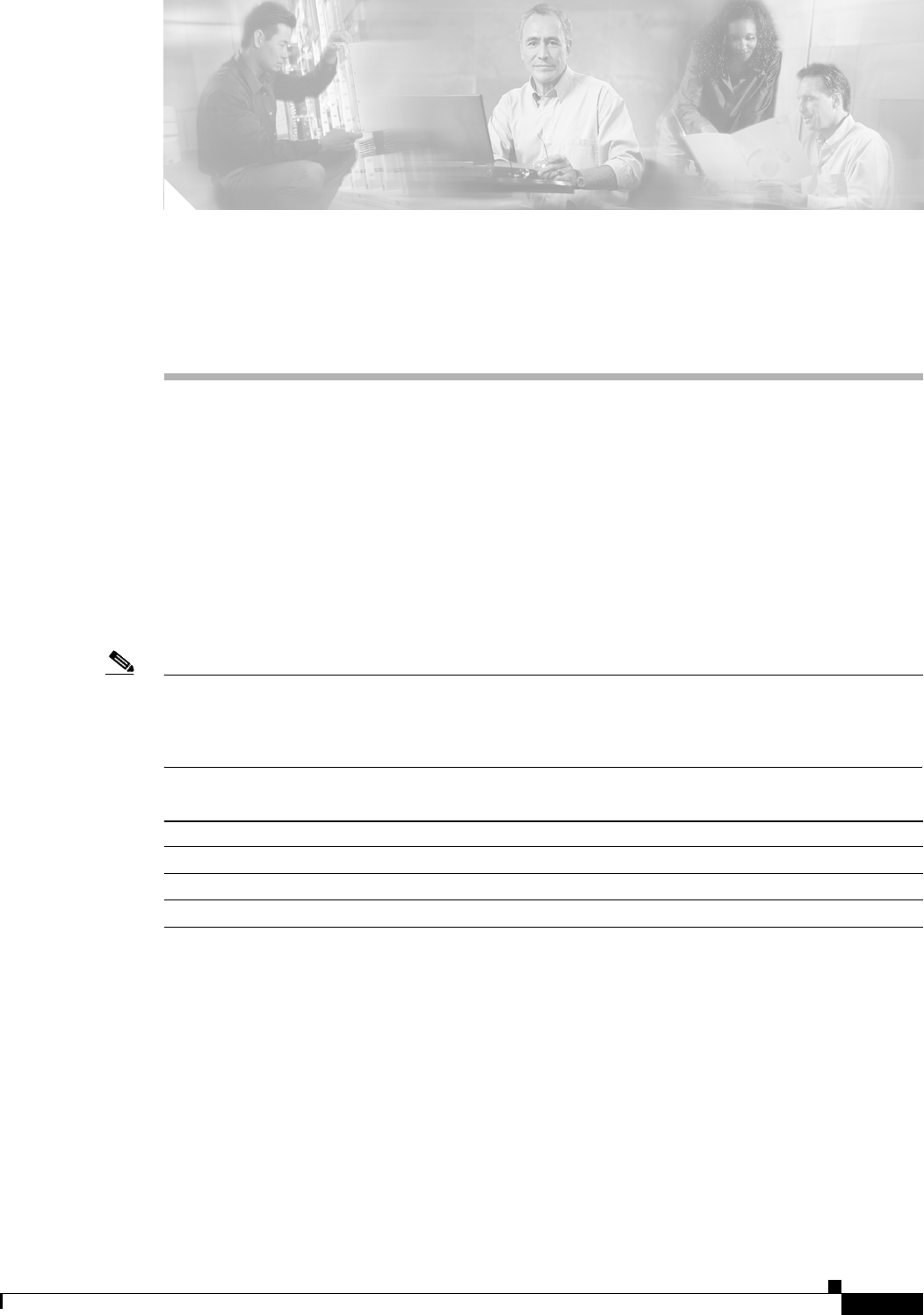
RC-205
Cisco IOS XR Routing Configuration Guide
Implementing Routing Policy on Cisco IOS XR
Software
A routing policy instructs the router to inspect routes, filter them, and potentially modify their attributes
as they are accepted from a peer, advertised to a peer, or redistributed from one routing protocol to
another. Routing protocols make decisions to advertise, aggregate, discard, distribute, export, hold,
import, redistribute and otherwise modify routes based on configured routing policy.
The routing policy language (RPL) has been designed to provide a single, straightforward language in
which all routing policy needs can be expressed. RPL was designed to support large-scale routing
configurations. It greatly reduces the redundancy inherent in previous routing policy configuration
methods. RPL has been designed to streamline routing policy configuration, to reduce system resources
required to store and process these configurations, and to simplify troubleshooting.
Note For more information about routing policy on the Cisco IOS XR software and complete descriptions of
the routing policy commands listed in this module, see the “Related Documents” section of this module.
To locate documentation for other commands that might appear during execution of a configuration task,
search online in the Cisco IOS XR software master command index.
Feature History for Implementing Routing Policy on Cisco IOS XR Software
Contents
• Prerequisites for Implementing Routing Policy, page RC-206
• Information About Implementing Routing Policy, page RC-206
• How to Implement Routing Policy, page RC-237
• Configuration Examples for Implementing Routing Policy, page RC-241
• Additional References, page RC-244
Release Modification
Release 2.0 This feature was introduced on the Cisco CRS-1.
Release 3.0 No modification.
Release 3.2 Support was added for the Cisco XR 12000 Series Router.



